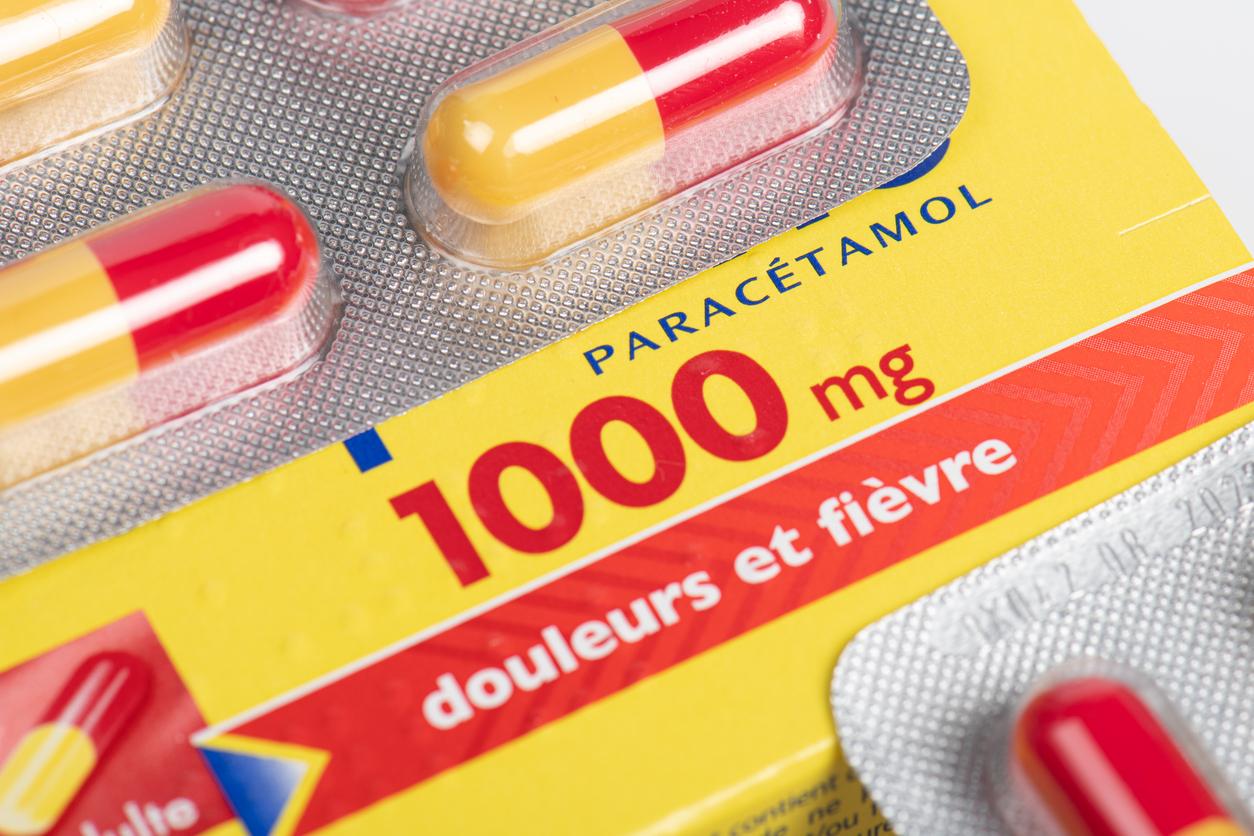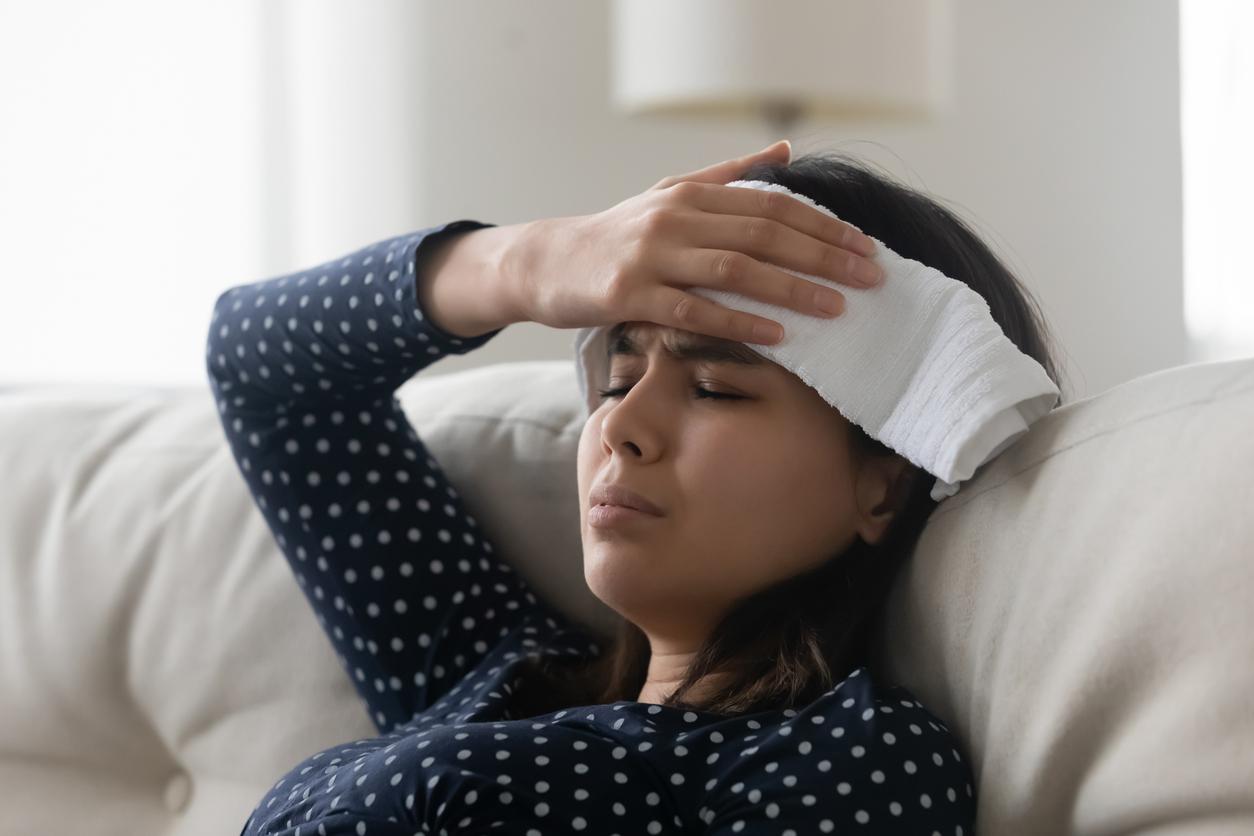Today is World Pain Day, with which the World Health Organization is traditionally associated. “The treatment of pain and palliative care are an integral part of the right to enjoy good health”, recalls the WHO on this occasion.
To illustrate this day, the Sanofi laboratory conducted a study to understand and assess the impact of pain on the daily lives of French people. A study under the supervision of Pr Alain Serrie, head of the pain medicine department at the Lariboisière Hospital (Paris).
The French are in pain
This study shows that pain is part of everyday French life: 92% of people questioned had suffered at least short-term or persistent pain over the past 12 months. “These figures of 92% and 52% may seem high, but they include short-term pain (acute pain) and persistent pain (chronic pain)” comments Professor Alain Serrie.
Of the people declaring that they were suffering at the time of this survey, 68% had been feeling this pain for more than a year. A proportion that increases with age since this rate rises to 79% among 50-60 year olds.
The youngest are waiting for it to pass
Facing the pain, we have three fairly recurrent attitudes: either we consult a doctor, or we take medication on our own initiative, or we wait for the pain to go away on its own. These behaviors vary essentially according to our age group: 18-24 year olds tend to wait for the pain to pass while 50-60 year olds do not hesitate to consult.
“These attitudes are due to the different types of pain experienced: indeed the youngest, most often having acute pain, consult less and prefer to wait for the pain to subside on their own. Conversely, older subjects , have more chronic pain and have more recourse to a consultation” says Professor Alain Serrie.
Pain is not a taboo
83% of people questioned for this study admit that they do not hesitate to talk about their pain to those around them, and this all the more so when the pain is persistent.
They recognize that, when they suffer, it affects their morale (56% for persistent pain and 36% for short-term pain) as well as their work capacity (42% and 25%) and life. family (41% and 24%).
For 6 out of 10 people, pain relief had a genuinely positive impact on their quality of life.
“These figures confirm the socio-economic repercussions of pain, particularly on work. They confirm the importance of treatment adapted to the type of pain. On the one hand, acute pain, which is an alarm signal for numerous pathologies and the treatment of the cause of which will treat the pain. On the other hand, chronic pain which should not be treated solely by taking medication” concludes Professor Serrie.


















